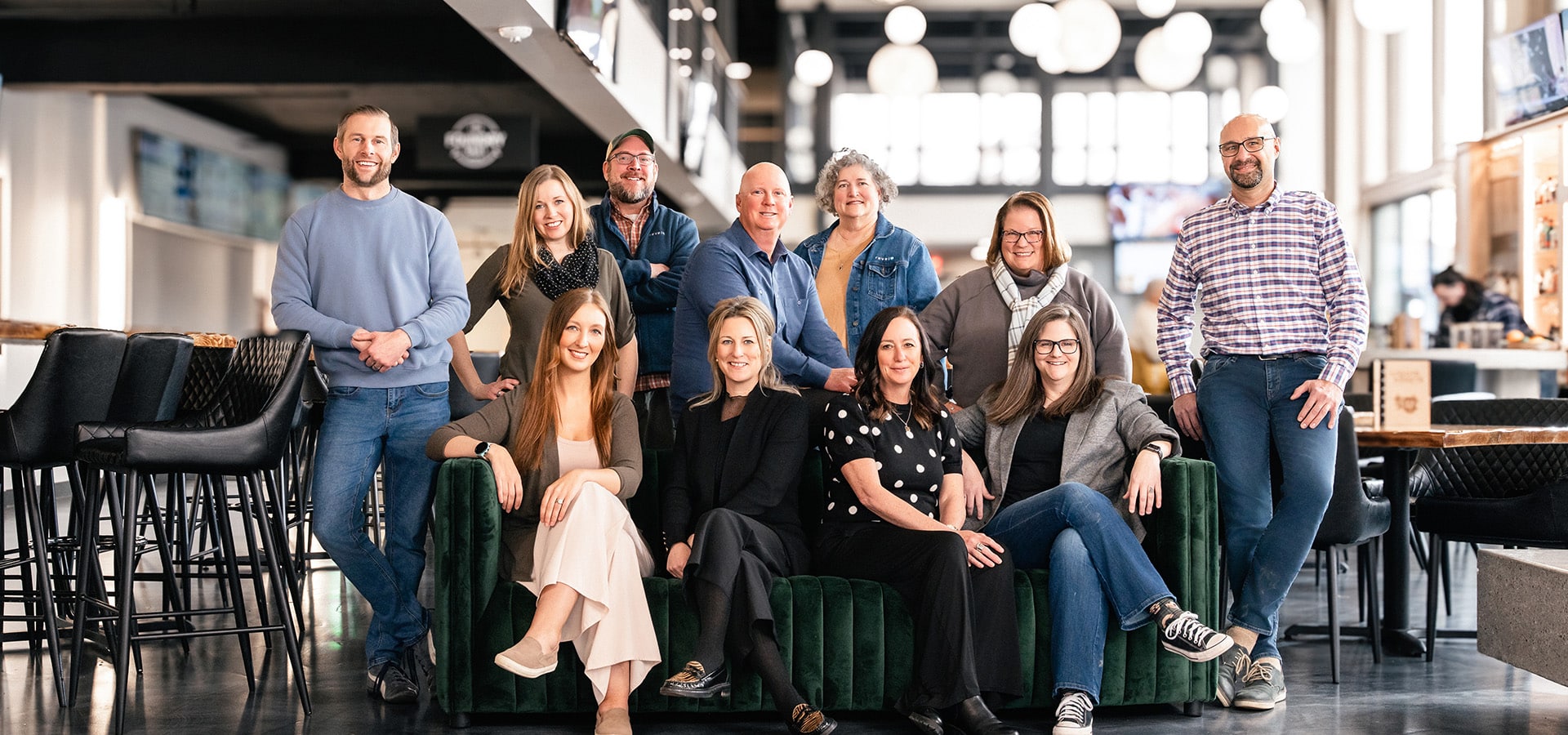Business-to-business (B2B) marketing doesn’t have to be boring. It also doesn’t have to follow the traditional playbook.
Look no further than Major League Baseball’s list of official sponsors, and you’ll see Citrix (a workspace technology company), Extreme Networks (a wi-fi solutions provider), Old Dominion Freight Line (a logistics company), and my personal favorite, Statcast on Google Cloud (a state-of-the-art tracking system that brings fans indispensable stats like exit velocity, spin rate, launch angle, and home run distance through Google’s suite of cloud computing services).
Trivia Break: Nomar Mazara hit the longest home run in the Statcast Era when he crushed a 505-foot bomb on June 21, 2019, while playing for the Texas Rangers.
An article in The Drum sheds some light on why B2B brands are flocking to the sports arena. From the Goodyear blimp to the Pepsi porch at Comerica Park to Nike paying a cool $1 billion to have their trademark swoosh emblazoned on the uniforms of MLB players for the next 10 years, sports marketing has long been the purview of consumer brands. Yet, more and more, it appears business-to-business (B2B) marketers are joining the competition for sports fans’ hearts and wallets. Whether it’s providers of medical equipment, IT services, or insurance for small businesses, new B2B players are suiting up and taking the field.
Athletes have trained their entire lives just for the chance to set foot on an Olympic field. In the summer of 2022, the last thing they wanted to do was contract COVID. That’s why medical technology manufacturer BD and USA Olympic Track and Field (UASTF) decided to team up for a partnership and new documentary. ‘BD on Location’ is a new series from a B2B company not known for sports marketing.
BD joins an increasing number of B2B companies who are competing more like consumer brands in the sports arena to better connect with their customers. The Olympics, for example, boasts the likes of Intel, Dow Chemical, Atos, General Electric, and Allianz – all of which have major sponsorships and major B2B divisions.
And then there’s the simple fact that sports are exciting and, often, B2B brands just aren’t. Brad Silber, head of the Ogilvy Sports Network, says, “We encourage our B2B clients to look at sports partnerships as a platform to simplify complex customer capabilities through easy-to-understand sports analogies, highlight shared values between the brand and sports partner – such as a commitment to excellence – and connect with key business decision-makers on an emotional level rarely seen in other parts of the marketing mix.”
For the first time in its 146-years history, Major League Baseball’s teams will wear sponsor patches on their uniforms in the 2023 season. This presents an opportunity for B2B companies to reach decision-makers who are also baseball fans.
The San Diego Padres were the first MLB team to ink a patch deal when they announced a $9 million a year, four-year agreement with Motorola in April. The Boston Red Sox followed with a 10-year pact for around $17 million a year with Mass Mutual.
That got me thinking about B2B companies that should be lining up to sign MLB uniform patch deals.
1. Squarespace
Squarespace is no stranger to advertising on the big stage. The website builder has run Super Bowl ads every year since 2014, except for 2019. Squarespace’s ads usually feature celebrities, like this year’s spot with singer Zendaya. With an ad budget like that, a patch sponsorship is a real possibility.
2. HubSpot
HubSpot is a marketing, sales, and customer service platform that helps companies grow better. The company basically invented inbound marketing. HubSpot recently launched its first major mass media advertising campaign. However, since their hometown Red Sox already has a patch deal, they’ll need to find another team to sponsor.
3. Slack
As the maker of messaging software designed specifically for the office, Slack has been running major ad campaigns for years. The app’s popularity exploded during the pandemic and hasn’t slowed down. And since baseball fans are the oldest sports fan demographic across all sports, with a median age of 47, raising awareness among business-minded fans will help the company continue to grow.
4. Salesforce
Salesforce is another frequent Super Bowl advertiser. Salesforce has the largest share of any CRM maker today. If they can afford to hire Matthew McConaughey and spend $6.5 million for a 30-second commercial, they can pony up to reach business people tuning in to watch America’s Pastime. Seeing how McConaughey is a died-in-the-wool Texas fan, the Rangers seem like a logical fit. Let the McConaissance continue!
5. Adobe
Bias Alert: As someone that’s been an Adobe customer since Photoshop 1.0, how can the software giant take advantage of the opportunity to advertise to creatives who are baseball fans, too? I’m willing to bet that Adobe’s software has designed every logo that adorns an MLB uniform. That seems like a logical way to reach creatives who are baseball fans, too.
The world of B2B marketing is shifting. We see that as companies start to claim space in the metaverse, and we see it here. Frankly, we’re playing in a whole new ballgame.











